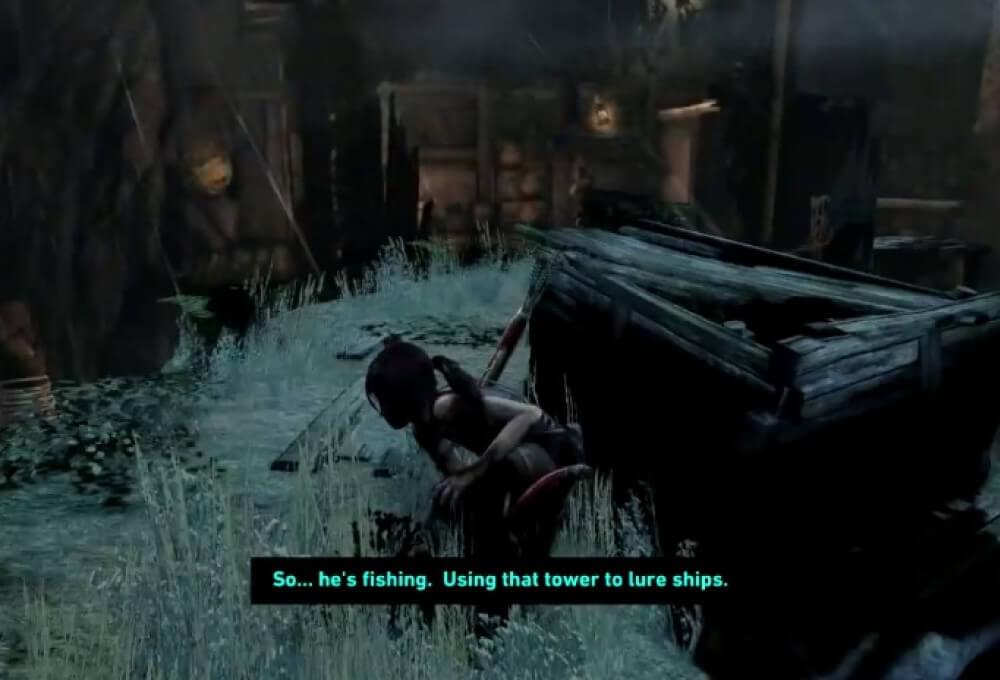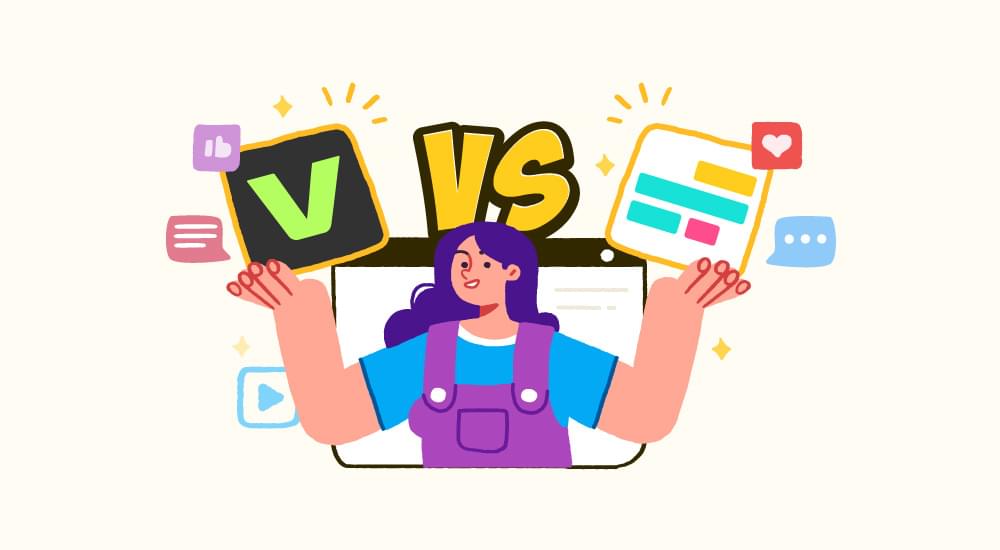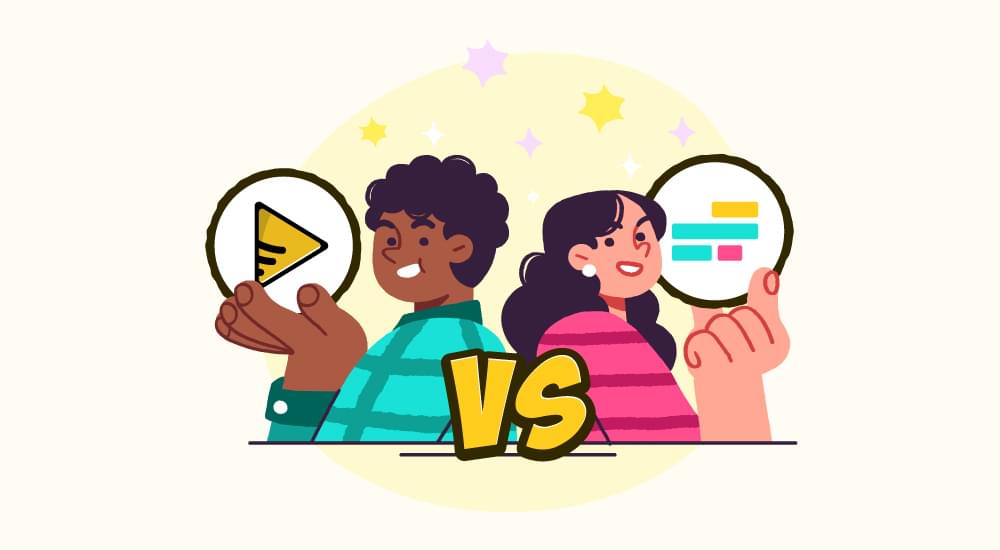
benefits of subtitles in video
Esports and Gaming: Subtitling the New Play Arena
In modern gaming, you often see esports subtitles – those words on the screen showing what characters are saying or the sounds you hear. Some might think subtitles are only for people who struggle with understanding spoken words, but the truth is, they’re helpful for everyone who plays games. In this article, we’ll discuss why subtitles are essential in games and why many players use them, even if they can understand what’s being said. We will also highlight the challenges developers encounter and bonus tips for creating flawless esports subtitles. So, let’s begin. Shall we?
Key Takeaways
- Esports subtitles break the language barrier, making international tournaments accessible to diverse audiences.
- Live match commentary text provides valuable insights for strategic analysis in esports.
- Esports subtitles cater to those with hearing difficulties, fostering a more inclusive gaming community.
- Gaming stream captions accommodate gamers with various needs, from hearing disabilities to low-quality audio hardware.
- Following guidelines on size, contrast, and speaker identification ensures effective and enjoyable subtitles in gaming.
The Role of Esports Subtitles

Esports means electronic sports, and this name was first used in 2000 by South Korea’s Minister of Culture, Sports, and Tourism. They came up with this term during the founding ceremony of the Korean e-Sports Association. South Korea is like the birthplace of competitive gaming because they had super-fast internet and the government supported gaming culture a lot in the early 2000s.
But now, esports is not just a South Korean thing – it’s everywhere! People from all over the world play in competitions, and it’s a big deal. Esports is encouraged and played at a super high level, almost like the way people play traditional sports. And just like traditional sports, lots of people love watching and cheering for their favorite esports players!
Esports have grown from small shows to a huge global event. Players and fans from around the world join in, speaking different languages. You can feel the excitement in a stadium, whether it’s real or in the virtual world, filled with energy as players compete and cheers echo in various languages.
In these spaces, making sure everyone feels included is crucial. This is where transcription and subtitling work their magic. Using an AI-based subtitle generator that turns spoken words into English and other languages, everyone can follow the action on screen. This ensures that all understand the excitement of the game, no matter the language.
Breaking Language Barriers in Esports
In a live esports tournament, the commentator is so excited, explaining every move and strategy in real-time. But for those who don’t speak English, it’s a bit confusing. That’s where transcription services come in. They turn spoken words into text that can be easily translated into multiple languages, welcoming people from all around the world to enjoy the tournament with live match commentary text. Just imagine being able to understand every detail of the game with just a screen and some headphones.
Providing an Inclusive Atmosphere for Every Fan
Making esports welcoming for everyone is important. We want every fan to feel included, ensuring that no play goes unnoticed. Esports subtitles create a place where even those who can’t hear well can fully enjoy the excitement.
As the game unfolds, gaming stream captions act like a silent guide, adding to the energy of the game play. This isn’t just about meeting legal requirements for accessibility it’s about bringing the game closer to its fans. Subtitles build a strong connection, bridging the gap that used to separate different members of the gaming community.
Helping in Esports Analysis
In esports, understanding strategies and behind-the-scenes insights is essential. Live match commentary text during matches can provide a great deal of information to the experts. It helps them immerse themselves into the game, uncovering the details behind each move. Turning these words into useful data and discussions adds valuable content for the community. Plus, by keeping these insights in text and translating them into different languages, we’re creating a history of esports, capturing strategies that might have been lost if only spoken.
Connecting Cultures in Global Gaming
When people from different countries come together to play and compete, esports subtitles become like a cultural bridge, translating the team dynamics, cheers, and even the moments of disappointment. It’s like giving everyone a peek into the game’s cultural side, making it a shared experience, no matter where they are. For many fans, live match commentary text might be their first step into the world of esports.
Three Basic Challenges of Esports Subtitling

As you might know, esports subtitles are used by 79% of gamers for different reasons, including hearing disabilities, having low-quality audio equipment, or dealing with unpredictable audio in games. Therefore, it’s important to understand the factors that can make or break this experience. Let’s address the very basic challenges specifically related to esports subtitles that developers might encounter:
- Size
- Contrast
- Number of Words
Perfectly Fit Size
The first factor may not seem to be as important but imagine you’re playing a game, and the game tutorial subtitles are either too tiny or too big. Not fun, right? Game experts suggest that game makers should think about this. The best size for subtitles is around 46 pixels on a 1080p screen. But hey, if someone wants smaller or bigger subtitles, why not let them choose? Make subtitles customizable, like picking the perfect size. That way, every gamer gets to have subtitles that are just right for them. Again, never forget to think about personalization.
Contrast
There might be times when the color of your subtitles and the screen exactly match. These kinds of instances can make reading subtitles really difficult. This problem is associated with contrast. Let us show you how to solve it.
You might have seen subtitles with outlines or shadows, but for some people, especially those with dyslexia, these tricks can make the subtitles hard to read. The best solution? Give an option to turn on a black box behind the text. And here’s the cool part – let people choose how see-through they want the box to be. It’s like putting on glasses for your subtitles, making everything much clearer!
Number of Words
Here’s a simple but important thing about subtitles: how much text is too much? Too many words on one line or too many lines can make esports subtitles hard to read. So, here’s the trick: stick to two lines, maybe three in special cases, and keep each line under 38 characters.
If you don’t get these three things right, what you end up with won’t really be subtitled, and they won’t work well.
8 Bonus Tips for Perfect Esports Subtitling

Moreover, some of the biggest esports that are in demand are Overwatch (300k viewers), DOTA 2 (15 million peak viewers), Fortnite (2M viewers), PUBG (88k viewers), etc. With the growing number of esports enthusiasts, you also need to step up your subtitling game. Here are some simple tried and tested tips for you to ace:
#1: Accuracy and Authenticity
Make sure your subtitles say exactly what’s being said. Sometimes, actors might not follow the script perfectly, and people will notice if the subtitles are different. So, it’s like double-checking your homework – make sure it’s accurate. You wouldn’t want people making fun of your game because of small mistakes, right? An ideal subtitle generator can do a perfect job for you here.
#2: Transcribe Everything
Make sure every part of your game has subtitles. Sometimes, only the videos have subtitles, and the game tutorial subtitles are nowhere to be seen. It’s like having half of the story missing! Also, let players turn on subtitles from the very start.. Most players like having subtitles, so why not have them on by default? It’s a smart move, just like they did in Infamous!
#3: Location of Subtitles Matters
It’s a wise choice to put esports subtitles at the bottom, right in the middle of the screen. If you put them somewhere else, people might think it’s part of the game buttons or might not notice them at all. When subtitles are centralized at the bottom, it’s like putting the spotlight on them. It makes sure everyone sees and understands what’s being said.
#4: Identify the Speaker
Always let players know who’s talking. You can do this in different ways – maybe add a picture of the speaker, put their name, use colors or let players pick what works best for them! Some people like pictures, some like names, and some like colors. By giving choices, you make sure everyone can enjoy the subtitles the way they want. It’s about making sure everyone feels comfortable and understands who’s speaking.
#5: Direction of the Sound
How about if you consider showing the direction of the sound? It’s not common in games, but it’s a trick used in other stuff like movies. Minecraft does this really well – they use arrows that point where the sound is coming from. If there’s a sound on the left, an arrow points left. If it’s on the right, the arrow points right. Adding this to your game is like giving players a little helper to know where all the action is happening. So, next time you’re working on subtitles, think about giving them a sense of direction.
#6: Give Time to Read
Make sure esports subtitles don’t disappear too quickly, especially game tutorial subtitles. It might seem easy, but sometimes people talk really fast, and if the subtitles vanish too soon, it’s like the words are playing hide and seek!
Game experts suggest certain timings to help game makers get it just right. This way, players get enough time to read and enjoy the game without feeling rushed. So, when it comes to subtitles, remember, it’s all about giving people the right amount of time to catch every word.
#7: Don’t Ignore Important Sounds
Create captions for important sounds. Now, don’t mix them up with subtitles – they’re kind of like the game’s secret language for sounds that set the atmosphere and make the game more fun!
Valve, the game pioneers, did this for games like Portal 2 and Half-Life 2. It’s like giving a special shout-out to important noises, making sure everyone catches the vibe. These captions are super helpful for people who might have trouble hearing, so if your game has cool background sounds, adding captions for them is like giving a little gift to your players. They’ll love you for it!
#8: Customizable Options
Gamers are just like that they have different needs and preferences. Here’s the key takeaway: make subtitles customizable! By giving players options for game tutorial subtitles and live match commentary text, you make sure everyone gets the experience they want. It’s like a win-win situation – players are happy, and your game becomes even more popular just because of those cool subtitles!
So, when you’re working on your game, remember these rules. Customizable subtitles make your game enjoyable for everyone.
Let’s Wrap
As we look into the future of gaming, the role of subtitles transforms into an even more important aspect of the virtual universe. Subtitles become dynamic, adapting to spoken words and seamlessly integrating with virtual reality experiences.
We can expect immersive soundscapes where directional subtitles dance around the player, responding to the nuanced shifts in the virtual gaming environment. Subtitles may evolve into a multi-sensory experience, conveying words and translating the entire mood and atmosphere into visual and auditory delights.
Customization in esports subtitles takes a leap forward, with players choosing the size and color of subtitles and creating their unique augmented reality display for a personalized gaming experience. Augmented by artificial intelligence, subtitles anticipate player preferences, adjusting in real-time to ensure an effortlessly enjoyable experience.
Add and translate your subtitles to more than 100 languages with high accuracy












